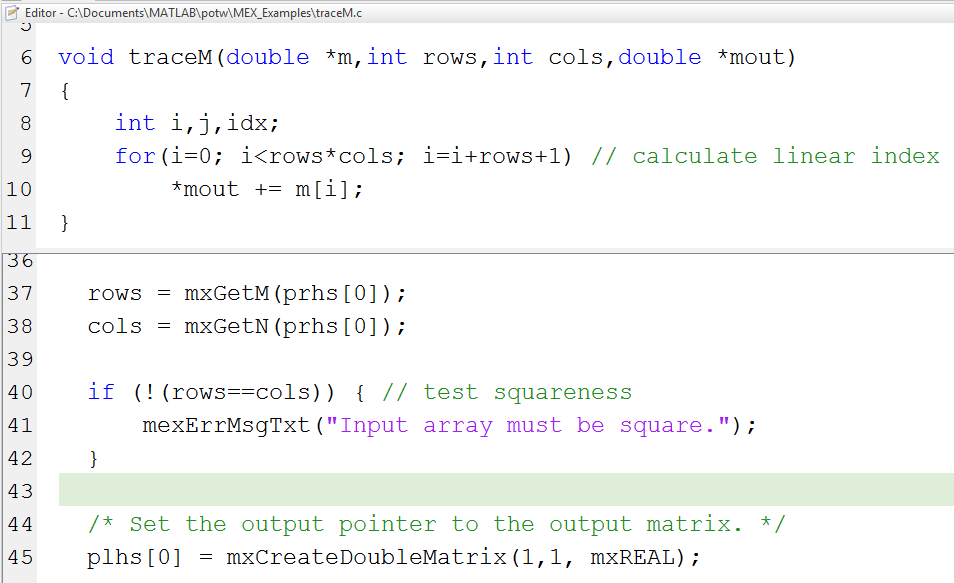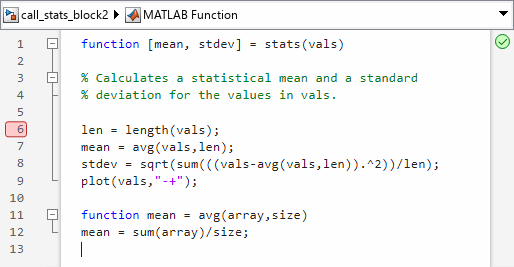- Matlab Example Programs
- Matlab Example Programrubackup Definition
- Matlab Example Programrubackup Worksheet
Convert a function file into a P-file.
MATLAB, and what types of add-on application-specific solutions are available in MATLAB toolboxes. MATLAB Documentation (p. 1-4) Find out where to look for instruction on how to use each component of MATLAB, and where to find help when you need it. Starting and Quitting MATLAB (p. 1-6) Start a new MATLAB session, use the desktop environment. For example, on the first iteration, index = valArray(:,1). The loop executes a maximum of n times, where n is the number of columns of valArray, given by numel( valArray (1,:)). The input valArray can be of any MATLAB ® data type, including a character vector, cell array, or struct.
In a file named myfunc.m in your current folder, define a function that returns the square root of a cubic polynomial.

Create a P-file from myfunc.m. Determine which file MATLAB® uses when you call myfunc.
Convert selected files from the sparfun folder into P-files.
Create a temporary folder and define an existing path to .m files.
Create the P-files.
The temporary folder now contains encoded P-files.

Generate P-files from input files that are part of a class. (The same procedure can be applied to files that are part of a package.) This example uses an existing MATLAB example class.
Define classfolder as an existing class folder that contains .m files.

Matlab Example Programs
Create a temporary folder. This folder has no class structure at this time.
Create a P-file for every .m file in the path classfolder. Because the input files are part of a class, MATLAB creates a folder structure so that the output file belongs to the same class.

The P-file resides in the same folder structure.
Generate P-files in the same folder as the input files.
Copy several .m files to a temporary folder.
Matlab Example Programrubackup Definition

Matlab Example Programrubackup Worksheet
Create P-files in the same folder as the original .m files.
